One of the issues often touted online about asexuality is around its demographics, specifically with regard to age. Now, I’m British, so much of what I’m about to say in the rest of this specifically relating to the UK, but I imagine most countries have similar issues and development.
I’m very solidly Generation-X; I was born in 1975. I’m an active member of a server on Discord that’s all about the acespec community. We did a survey on the server membership- out of the 136 people who responded, I was the 3rd oldest. 89% were under 30; indeed just over 70% were Generation Z, two whole generations down from me. Partly this may be due to Discord itself being a ‘young person tool’, although it has the look and feel of IRC from some twenty years ago so it’s not like it’s unfamiliar to people my age. In addition, this particular Discord server is attached to a podcast, and despite that specific podcast catering to asexuality, we know podcasts aren’t exclusively a young person thing either.
So, if we look at the wider community, we see the same kind of pattern. The Williams Institute of Law conducted a survey in 2019 about sexuality, and found that 91% of asexuals surveyed were between 18-27; this age range covered only 61% of non-asexual LGBs. Asexuality is thus more common amongst young people. And indeed the leading asexual activists and promoters, as mentioned in another post, tend to be younger; Yasmin Benoit, arguably the most notable asexual figure, was born in 1996; most of the other leading and notable activists are the same age or slightly younger – the top edge of Generation-Z.
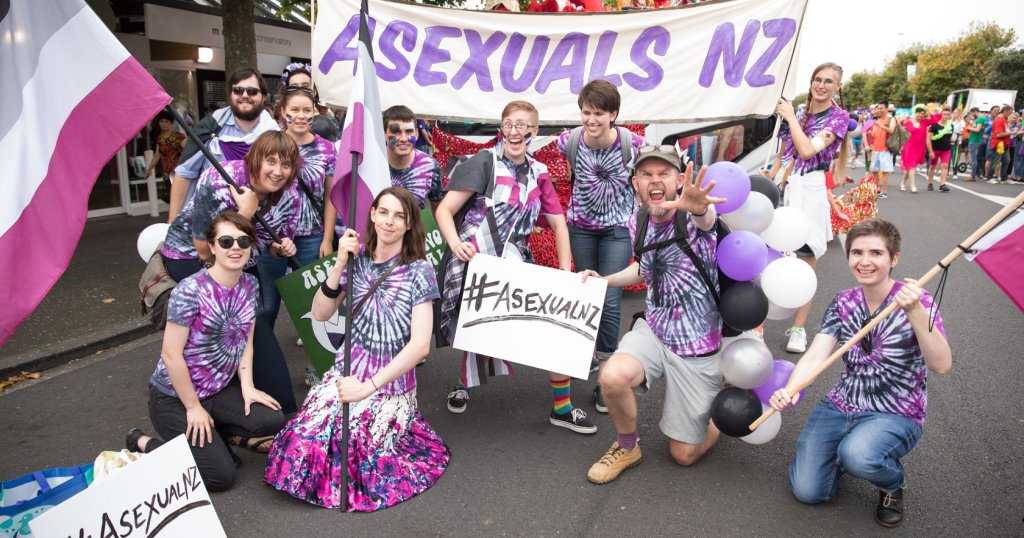
Image from the 2018 Auckland Pride March, with a healthy number of asexuals.
And this is great. It means upcoming generations have role models to relate to, and a community of peers that proves they are valid, so going forward asexuals and related orientations should never feel lost, alone, or confused about whether they’re just ‘odd’ or not, and therefore never face the same issues people like me faced.
But it leads to a fundamental question.
Why is asexuality seen as a ‘young person’ thing?
Let’s assume that sexuality is consistent across the ages. There’s no reason to believe people have all of a sudden discovered asexuality, in much the same way that people didn’t start to become gay in the 1960s. Homosexuality clearly existed in history, so why is asexuality lesser attested? Why is asexuality seen as a younger orientation for younger people? – I’ve seven seen it referred to as a sexuality for the Tumblr Generation.
The best answer is that, traditionally, asexuality hasn’t been acknowledged as even existing as a possibility, and it’s only now that people are able to embrace it. And it’s mentally easier to realise your identity at a younger age rather than ‘unlearn’ decades of assumed behaviour. If you’ve grown up being told the default is heterosexuality, and you’ve reached your mid-40s never having thought to look at whether this genuinely applies to you, it’s hard to change. Doubly so if you’ve ended up leading a heterosexual-presenting life, with, say, a spouse and a couple of kids. I’ll talk more about this later.
How has asexuality been seen in history?
In general, asexuality hasn’t been seen in history.
One of the fundamental problems is that society and culture have always been … sexual. In that having sexual attraction, being sexually attractive, has been not so much the default option as the only option. Contemporary attitude has always been of the view that you *will* find someone to spend the rest of your life with, and you *will* have children. Indeed, we’ve fought wars over making sure the right relationships happened.
This means everyone is assumed to have been sexual. Asexuality simply … didn’t exist, wasn’t even mentioned as a conceptual possibility. If a man hadn’t found a woman by the time they reached middle-age, they were assumed to be ‘closeted gay’, or possibly something a bit more sinister. This makes it hard to retrospectively assign or headcanon people as ‘asexual’, since they may not have been aware of the concept either, even if, had they been alive now, they would be taking on the word with pride. People like Edward Heath, Prime Minister of the UK 1970-74. He never married, and was noted for being actively female-avoidant. This led to the usual rumours, but his official biographer (Philip Ziegler) wrote that no-one had any evidence or recollection of Heath ever having any kind of relations with a man, and that Heath himself never left even any hint of it. For someone in that position at that time, if there was even a hint of homosexuality, there would have been rumours and court cases. Ziegler thus came to the conclusion Heath was asexual – his book came out in 2010, five years after Heath’s death, and long after any contemporary sources would have spoken about him.
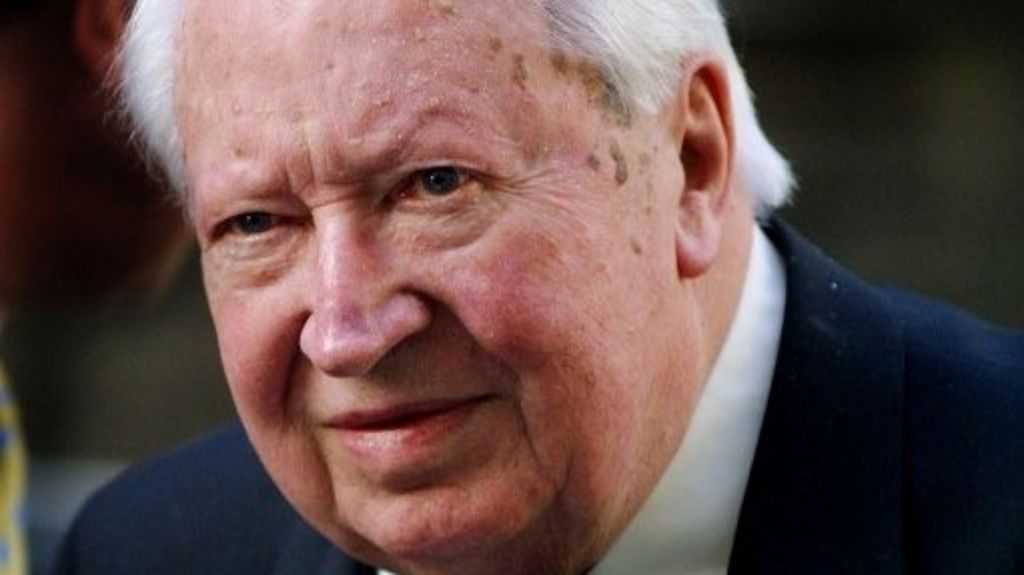
Edward Heath, whose biographer specifically states his asexuality, albeit in response to questions of illicit activity.
Another problem is, in the UK at least, Homosexuality was only legalised in 1967, within 10 years of my birth. The generations before mine thus lived through a period when even active alternative sexuality was not just disapproved of but actively legislated against (think of people like Alan Turing – despite his achievements, derided for his sexuality so much that he ended up killing himself), so the idea that someone could actively live outside the genre of sexuality and romance completely would be seen as heretical.
It also means even when I was growing up, sexuality was still seen as a ‘new thing’, and somewhat ‘edgy’ and ‘challenging behaviour’. So, in my childhood, if you weren’t a ‘man’, and didn’t do ‘mannish’ pursuits, you were ‘gay’ or ‘a woman’ – This is still true today to an extent of course – it’s an aspect of toxic masculinity and patriarchal culture. These ‘mannish pursuits’ naturally included finding a woman; everything in pop-culture: media, television, music, movies, magazines, advertising, all promoted the heterosexual family norms of being married (to the opposite sex) with two children, and anything that led away from that was seen as ‘wrong’.
Did I see any asexuality representation when I was young? What was LGBTQIA+ representation in the 1980s?
No. There was no asexuality rep when I was growing up.
Indeed, what little non-heteronormativity that existed in media was highly exaggerated and stereotyped, and almost exclusively gay male. It was also generally seen as synonymous with ‘camp’. At one end we had traditional establishment-looking people (old men in suits) like Larry Grayson and Kenneth Williams, with a background in music-hall type entertainment who carried themselves off with innuendo and an overly-affected voice. Edgy but still in a family-friendly way. The latter was part of a radio double act with Hugh Paddick called “Julian and Sandy”, two very camp men who provided the wider public with maybe their first experience of ‘gay culture’ (at a time when it was still illegal). This may have inadvertently affected public perceptions of what it meant to be gay. Note that Kenneth Williams is also believed to have killed himself partly because of issues around his sexuality.
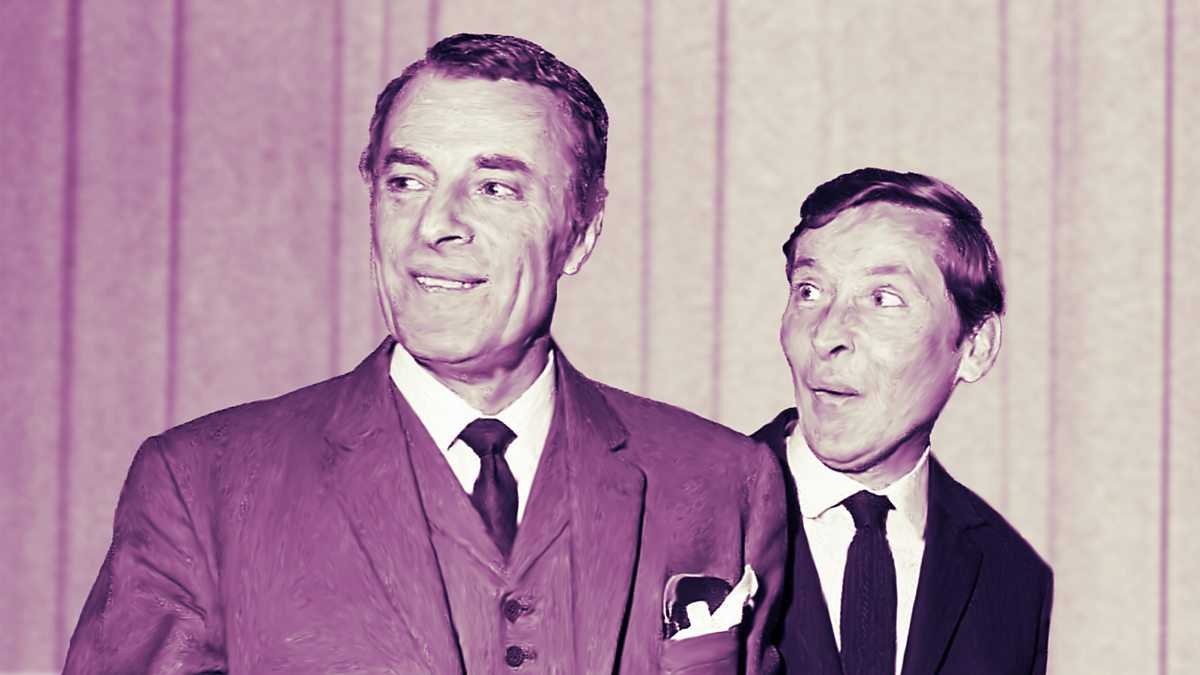
Still of High Paddick and Kenneth Williams from the time.
At the other end were people like the musicians Boy George, Pete Burns and of course Holly Johnson. People who went the other way with gay stereotypes to create personas that actively chose to challenge the establishment. Via the latter, we also saw concepts like the gay leather scene and BDSM, but in a highly sexually charged environment. To a young future asexual, the music video to “Relax” by Frankie Goes To Hollywood is probably something that would have made you wary of the LGBTQI+ community for decades to come – they might have thought ‘this is not where we belong’. Obviously, sexual attraction isn’t related to sexual desire or libido, and asexuals can still be kinky, but at the time this conversation wasn’t even brought up.
Obviously, in a highly sexualised culture, asexuality wasn’t even considered. Anyone who didn’t see things in terms of putting object X into receptacle Y was seen as mentally ill, a closet gay (as you can see, everyone is either ‘normal’, ‘closet gay’ or ‘actually gay’), or celibate / eccentrically religious, which was also seen as a weird thing.
Despite the legalisation of homosexuality, non-conforming sexualities were still seen as a bit of a ‘threat’ to the ‘morality’ of society, and in 1988 the UK government banned promotion of homosexuality in schools and colleges in Great Britain (ie not Northern Ireland) – this was called ‘Section 28’ legislation, for shorthand reasons. This was only repealed in Scotland in 2000, and in England and Wales in 2003, and meant that legally, it was very difficult for young people (people like me) to learn about anything other than ‘perceived societal norms’ in relation to sexuality. It didn’t cover asexuality, but that’s obviously because asexuality didn’t exist and we’re all closeted gays. Note the years – this covers a lot of the period when many Gen-Xs in the UK would have been most at need of such a resource to help them realise their feelings during times of major emotional and developmental changes.
All this of course means that as asexuals specifically, we had no resources, no role models, no voices, no ears, when we were growing up. We don’t have the background to realise who we are, to understand that our feelings are valid. By the time everything was repealed, by the time the Internet came along and made finding similar people and resources internationally much easier, it was too late for most of us in that respect.
Where are the older asexuals?
If asexuality has been around for decades, why are there so few older asexuals? Well, it’s likely we just did what gay men did previously. We hid in plain sight. We mouthed the words, went through the motions of a ‘normal’ life, despite not being happy in ourselves, despite knowing it felt wrong but feel we’re not able to do anything about it. How many loveless marriages were entered into? How many people married just for the show, not for the love or connection? Remember of course asexuals can have sex, some of them even enjoy it, but by not experiencing sexual attraction, they would have felt stuck in a heterosexual dystopia and not free to express their own identity.
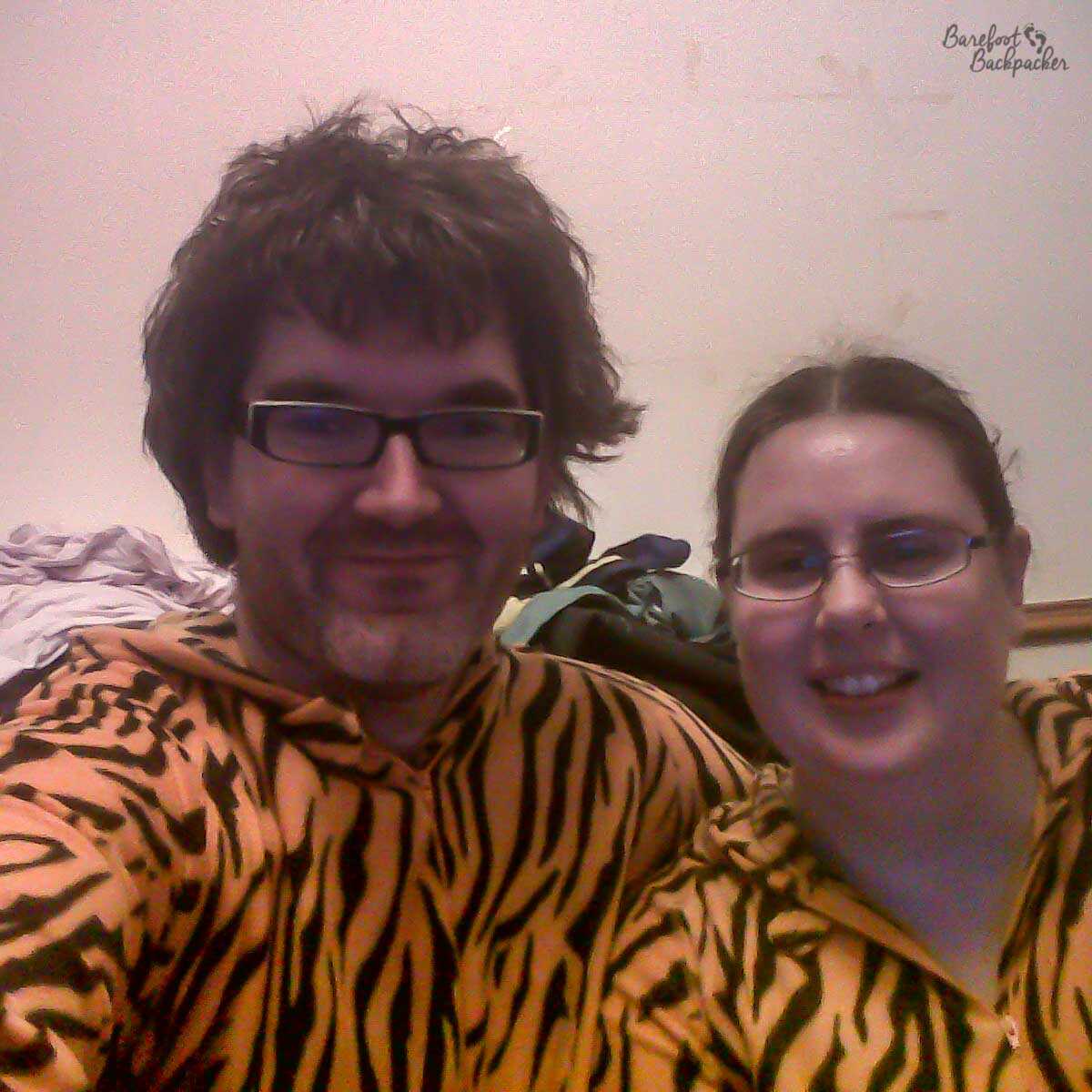
From October 2010. I was engaged to this woman. We are still friends, yes.
Amongst the older generation, especially those who’ve been in long-term marriages, having now been introduced to the word ‘asexuality’, there’s a little confusion over what it means, over how you know that you’re asexual, rather than just, well, comfortably indifferent to sex. I had a conversation once with a radio presenter who equated it with the feeling of being married for 20 years and no longer having the urge. Some people think you naturally become more asexual as you age. But that’s not what asexuality is. Nor is it celibacy, but I talk about that elsewhere. Remember, it’s not about how much sex you have, but how much sexual attraction you experience. And yes, while that can (and indeed does) change over time, if you’ve been married 20 years and have sex once a week, you could be asexual yes, but it’s more likely that you still have sexual attraction to your partner, you just don’t have the urge to act on it as frequently. You’d rather eat cake because it’s just easier than having sex, not because you don’t have the attraction to have sex.
It’s not all a black hole of information and representation though. For example, The Ace Dad (Cody Daigle-Orians) is just less than a year younger than me, is an active YouTuber talking about asexuality, and while I don’t know how old they are, podcasters The Ace Couple (Courtney and Royce) have been married since 2014 so clearly have a different life outlook and experience than those discovering asexuality at a young age.
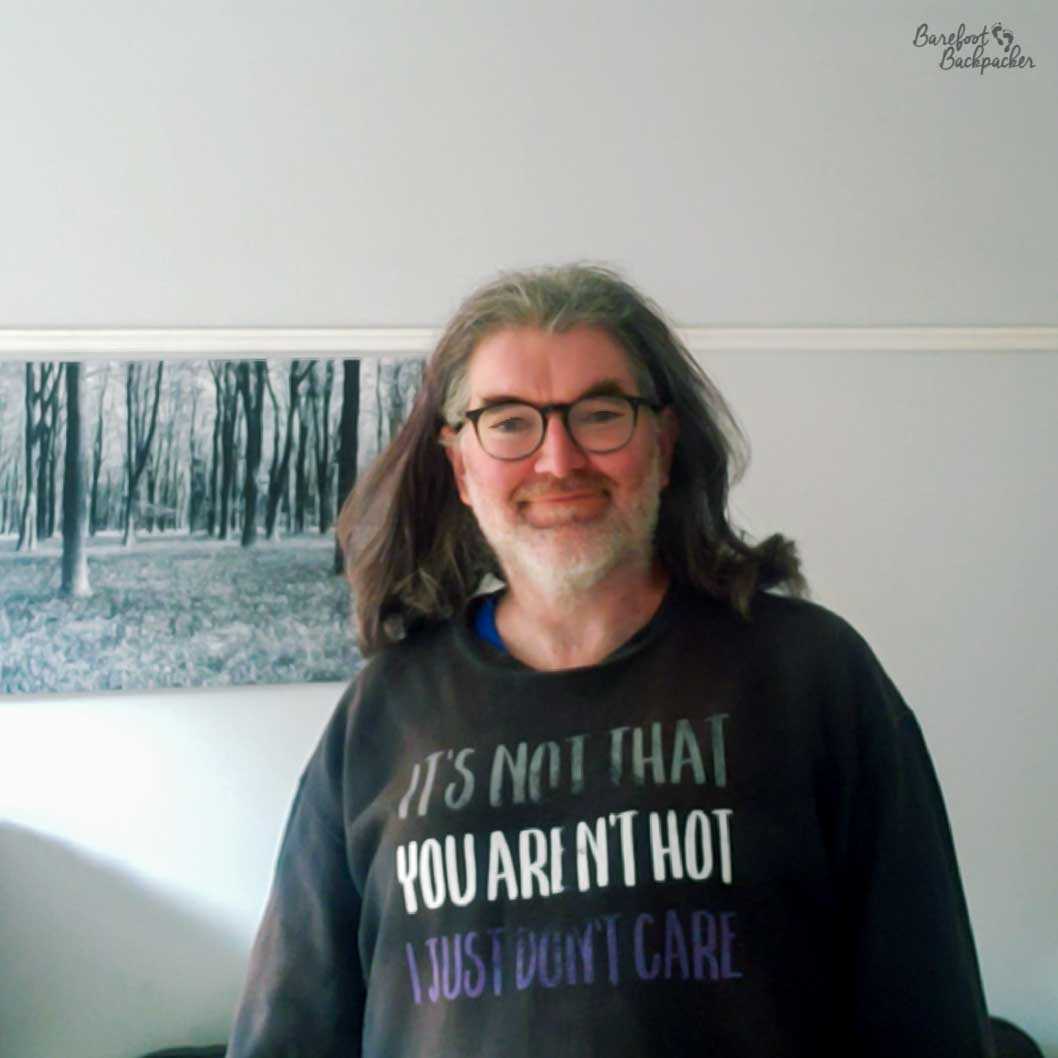
Many years later, Spring 2022, and I’m a very different person.
This though links into the concept of ‘coming out’. Because fewer of us have ‘come out’, there’s fewer role models to see. If all the asexual representation (and there aren’t many of us as a whole anyway) are at the younger end of the age spectrum, will anyone believe us (because ‘people our age don’t do that’). Our peers don’t have the knowledge either; they don’t watch those sort of TV programs or YouTube channels, so the concept is unrelatable. In a way it’s like a ‘Chicken and Egg’ scenario – without the representation, we’re not going to ‘come out’, but if we don’t ‘come out’, there’ll be no representation. This also means by ‘coming out’ it’s much harder to ‘relate’, so there’s no ‘reference point’ – what does ‘coming out’ mean in the context of an older asexual; how do we explain it without a 30 minute TED talk each time, especially to our peers who’ve been brought up in the same environments.
Should older asexuals ‘come out?
One might argue it’s not “as important” to ‘come out’ by the time you reach your late 30s even; your life has veered down a particular path and maybe people think it ‘too late’ to change course, that ‘ah, if I were younger I’d have known but what’s the point now’, or ‘I’ve got this far, I can cope’, or ‘what will my [descendants] family think if I changed now’. Is it even relevant to me; I’ve been in a relationship for x years.
There’s also the thought that society has ‘conditioned’ us into our heteronormativity, so maybe don’t feel we belong, that we’re kind of ‘appropriating’ asexual culture and ideals for our own benefit. Maybe too we might ourselves believe we’re simply going through a mid-life crisis, in the same way youngsters are ‘experimenting’ just after puberty. Previous generations bought motorbikes, discovered their author credentials, and took up crochet; if we started saying ‘it’s okay to be asexual’, would we start to see an increase of numbers in people getting divorced and deciding to, I don’t know, take up ultra-running or spoon-whittling in the forest?
Remember too, though we invented the internet, we invented memes, we invented GIFs, it’s not our place any more. We have lives outside the internet now, by and large – jobs, families, etc. So not only do we miss out on where the representation is (Discord, Tumblr, YouTube), we don’t have the support network either. A 45-year old coming out as asexual has fewer people to turn to for support, fewer people who’ll understand both what it’s like to be asexual and what it’s like to be older. We have Facebook, of course, but remember it’s a social media site full of our peers, people to whom it’s going to be much harder to ‘come out’ to because, as I say, they don’t have the knowledge either.
Other orientations don’t have this problem so much; tho ‘coming out’ at any age is still a hard experience, there’s a lot of older people who have realised and embraced their homosexuality, their bisexuality, their transgenderism, and society is littered with people of those orientations either at that age already or, specifically, those who have come out at that age. There’s a much clearer ‘expectation’ of what it means; it’s more ‘relatable’ content, so it’s an easier step to make.
There are, of course, benefits of ‘coming out’: the feeling of being ‘free at last’ to be yourself. The realisation of why previous relationships haven’t worked out. Self-awareness – realisation of why you act the way you do. And just maybe, if there is a community, you’ll fit in, regardless of age. And the more people like you there are, the bigger the community and the bigger the spirit. In my experience, the communities I’ve found haven’t had a problem with my age, even if some of them are made up with people some 30 years younger than me. I don’t know how I’d have felt at the age of 15 if someone 30 years older than me was in my social group, but in a way it’s kind of useful; they appreciate my experience and their discoveries, their activism, help me with mine.
Conclusion
Asexuality has been around for a long time but has only recently been acknowledged as such. The orientation thus skews younger because of a lack of knowledge amongst older people, and a corresponding lack of representation. As the younger generations age it will be less of a problem, but right now we need more older asexuals to stand up and be counted.
———————————————————
For a broader summary, take a listen to Episode 32 of my podcast.